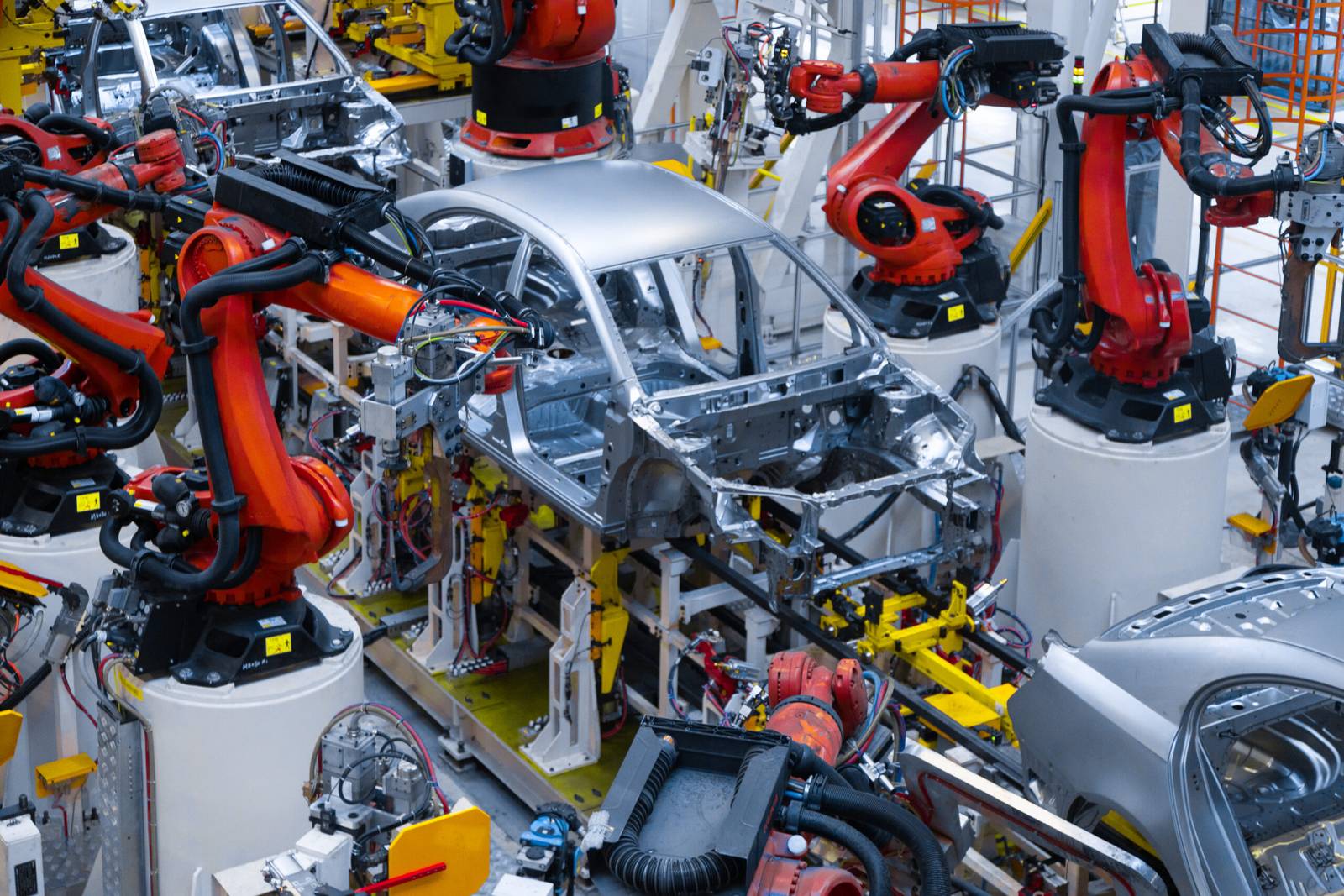5 Tech Innovations in the Automotive Industry

by Web Digital
The automotive industry is undergoing a revolutionary transformation propelled by rapid technological advancements. From electric vehicles to autonomous driving, innovative technologies are reshaping the way we perceive and interact with automobiles. This article explores five transformative tech innovations driving the automotive industry into the future.
Electric Vehicles (EVs) and Sustainable Mobility
Electric vehicles have emerged as a cornerstone of the automotive industry’s shift towards sustainability. The rise of electric cars, driven by advancements in battery technology, offers a cleaner and more environmentally friendly alternative to traditional internal combustion engines. With major automakers investing heavily in EV development, the automotive landscape is witnessing a paradigm shift towards sustainable and eco-friendly mobility solutions.
Autonomous Driving and AI Integration
Autonomous driving technology, powered by artificial intelligence (AI) and machine learning, is revolutionizing the concept of transportation. From advanced driver assistance systems (ADAS) to fully autonomous vehicles. AI-driven technologies are enhancing safety, reducing accidents, and paving the way for a future where vehicles can navigate without human intervention. The integration of sensors, cameras, and sophisticated algorithms enables cars. To perceive their surroundings and make real-time decisions, marking a significant leap toward safer and more efficient transportation.
Tech Innovations and the Internet of Things (IoT)
The concept of connected vehicles goes beyond in-car entertainment systems; it involves creating a network of smart cars that communicate with each other and with the broader infrastructure. Internet of Things (IoT) technology enables vehicles to share real-time data, enhancing traffic management, optimizing routes, and improving overall road safety. From vehicle-to-vehicle (V2V) communication to smart city initiatives, the connected vehicle ecosystem is fostering a more intelligent and responsive transportation infrastructure.
Augmented Reality (AR) in Tech Innovations Design and Navigation
Augmented Reality is making significant inroads into the automotive industry, transforming both the design and driving experience. In the design phase, AR is used to visualize and refine vehicle prototypes. Allowing designers and engineers to assess various aspects in a virtual environment. On the road, AR is enhancing navigation systems by overlaying real-time information onto the driver’s field of view. This includes turn-by-turn directions, traffic updates, and even highlighting points of interest, creating a more intuitive and immersive driving experience.
Advanced Driver Assistance Systems (ADAS)
Advanced Driver Assistance Systems represent a suite of technologies designed to enhance vehicle safety and improve the driving experience. Features such as adaptive cruise control, lane-keeping assistance, and automatic emergency braking leverage sensors and cameras to assist drivers in various scenarios. ADAS technologies are a crucial step towards achieving fully autonomous driving, providing a bridge between traditional driving and the future of self-driving cars.
Conclusion
The automotive industry is at the forefront of technological innovation. These five advancements reshaping the way we conceive and engage with automobiles. Electric vehicles, autonomous driving, connected vehicles, augmented reality. Advanced driver assistance systems collectively represent a seismic shift toward a more sustainable, intelligent, and safer automotive future. As technology continues to evolve, the automotive industry’s embrace of these innovations not only addresses current challenges but also sets the stage for a transportation landscape that is more efficient, environmentally conscious, and interconnected than ever before.
Recommended Posts

Web Design Portfolio Tips for Canadian Freelancers
September 27, 2025

The Cost of SEO Services in Canada
September 27, 2025

How to Use Google Business Profile for Local SEO
September 26, 2025
